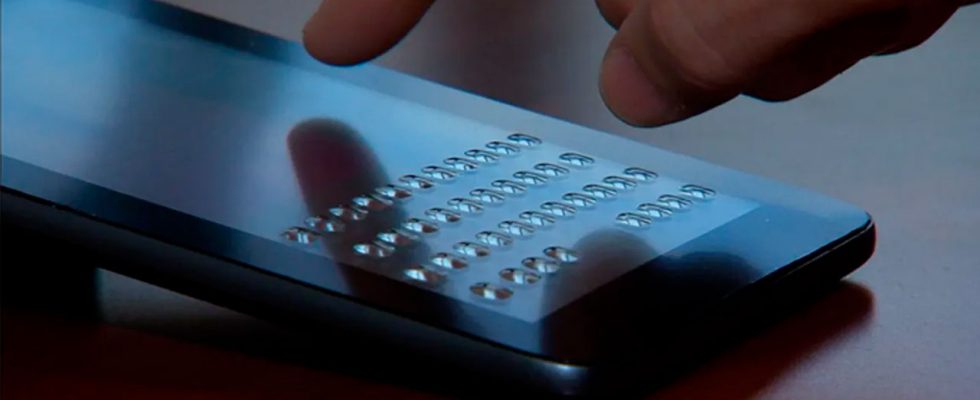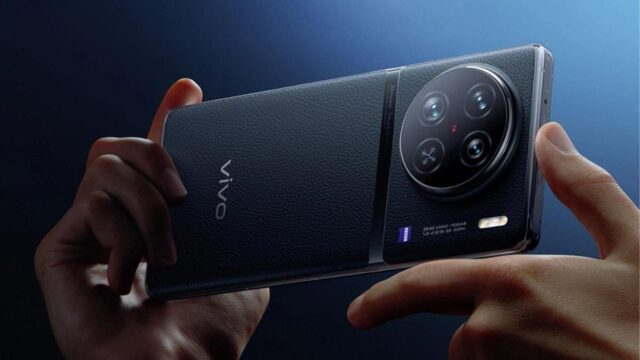Is it possible on a smartphone to have a physical keyboard while keeping the touchscreen as is? Research group Future Interfaces Group (FIG) from Carnegie Mellon University (CMU) recently showed that such a keyboard could exist via inflatable buttons on an OLED display.
AMOLED screens turn into physical keyboards
CMU has been working on this technology, called Flat Panel Haptics, for the past 15 years. At the end of their work, the research group announced that they had finally succeeded in producing a physical keyboard that protrudes over AMOLED displays.
By developing Embedded Electro-Osmotic Pump, or EEOPs, and developing a five-millimeter-thick Flat Panel Haptic board, scientists were able to manipulate a special pumping fluid by passing an electric current through the EEOPs. The pumps sit between a reservoir containing this liquid at the bottom and a flexible surface at the top, allowing the screen to inflate to a height of five millimeters if electricity flows through the stack.
The scientists, who first used soft silicon for the top layer, seem to have transferred the same technology to AMOLED displays. Although AMOLED panels are not as flexible as silicon, they seem to be able to turn the screen into a full-fledged QWERTY keyboard. These keys, which can show themselves by protruding from the screen when necessary, disappear when they are not used.
This system can also bring out the icon of the application that receives the notification, providing a separate convenience to the users. This customizable technology will also be able to respond differently according to different applications. For example, a larger snooze button will pop out of the screen when the alarm goes off. This button will remain inflated on the screen until any action is taken.

This new system could impact the smartphone world in many different areas. This technology, which is predicted to facilitate the use of the keyboard by the visually impaired, will also provide a better user experience for mobile gamers.
Digital keyboards will never have the user feel of physical keys. That’s why Carnegie Mellon University’s new initiative could come in quite handy. So what do you think about touch screens with physical keyboards? You can share your views with us in the comments section.

